Experience Ancient Japanese Cooking Techniques Passed Down Through Generations
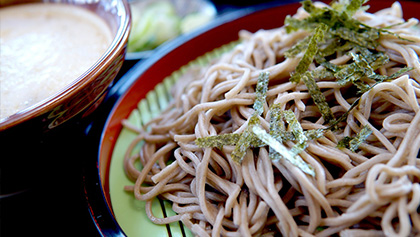
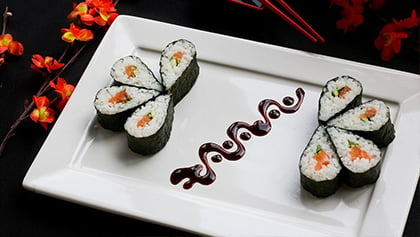
Discover Japan’s delicate and traditional food culture. In this class, you’ll learn the basic concepts and cooking methods of Japanese cuisine while experiencing it hands-on. You’ll also learn about dining etiquette and cultural practices.
Experience Details
#1 Learn traditional cooking techniques passed down through generations to truly appreciate the depth and value of Japan’s culinary culture.
#2 Understand how balanced Japanese meals connect to health and mindfulness. Enjoy a mindful approach to dining, focusing on the joy of eating.
#3 Experience the diversity of Japanese cuisine through regional specialties, each with unique characteristics.
SERVICE STRENGTH
Through the Craftsmanship of Food (匠の技, takumi no waza), we introduce traditional culinary techniques unique to Japan. Top chefs will teach these authentic cooking methods not found elsewhere.


PLAN
This special cooking class is designed specifically for VIP guests, conducted by top chefs in carefully selected locations. Through this experience, you’ll learn traditional Japanese cooking, interact with local culture and ingredients, and enjoy creating dishes yourself.
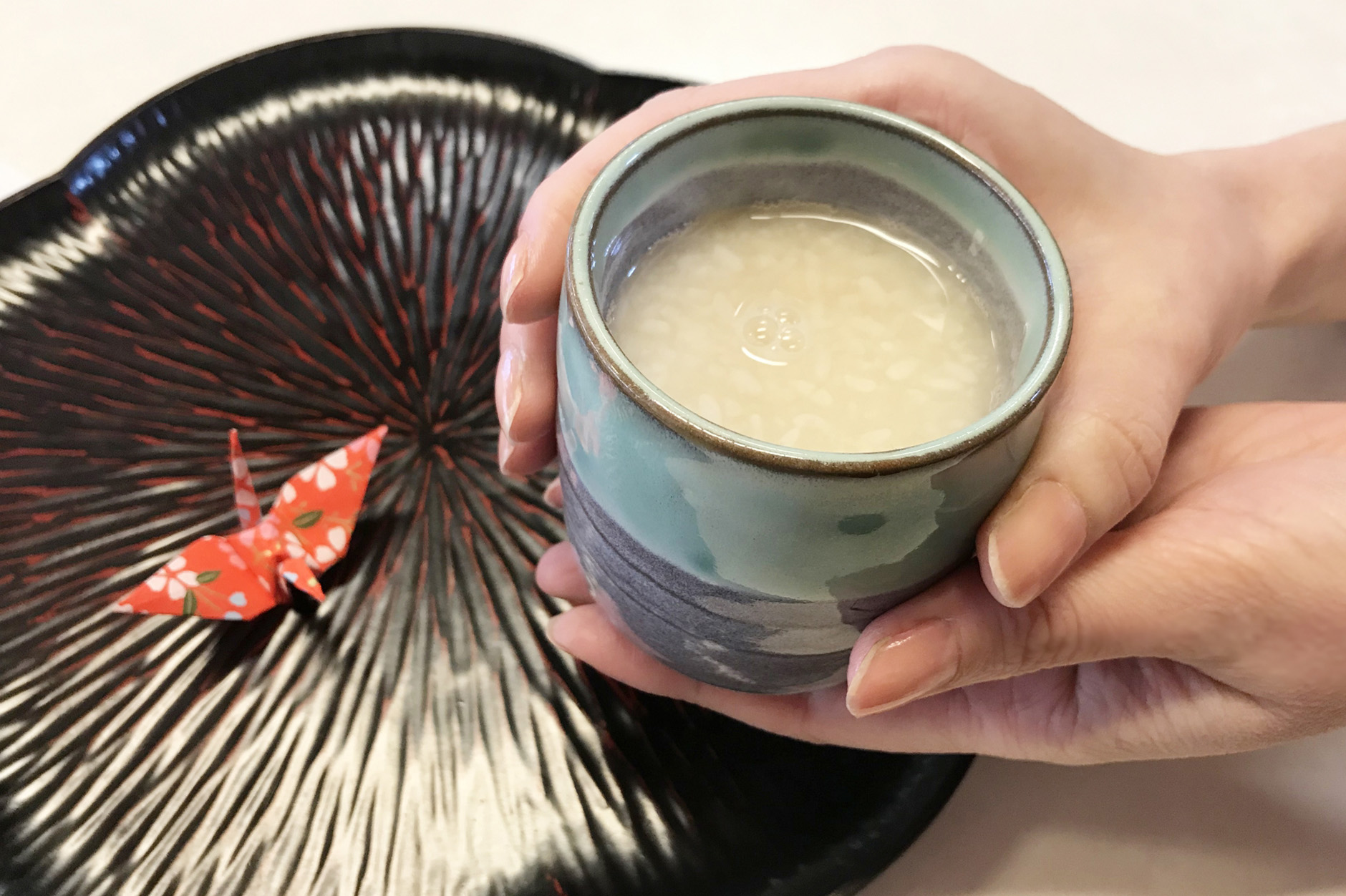
Master traditional Japanese culinary techniques, appreciate their subtle beauty and flavors, and deeply experience Japan’s sense of harmony.
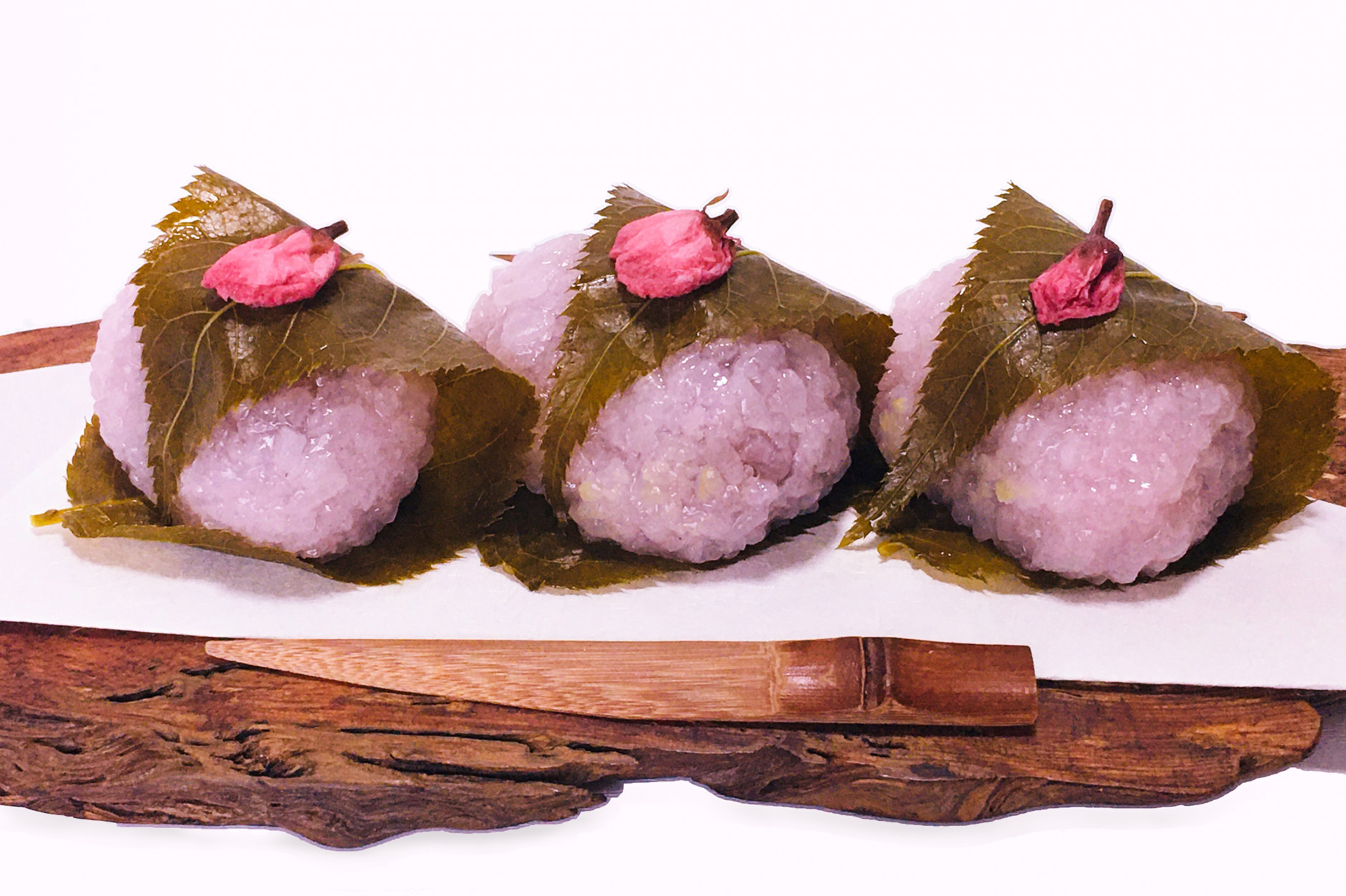
Traditional Japanese cuisine emphasizes seasonal ingredients. By adjusting ingredients and cooking methods according to seasons, you’ll savor the fresh tastes of each time of year and learn about Japan’s four seasons.
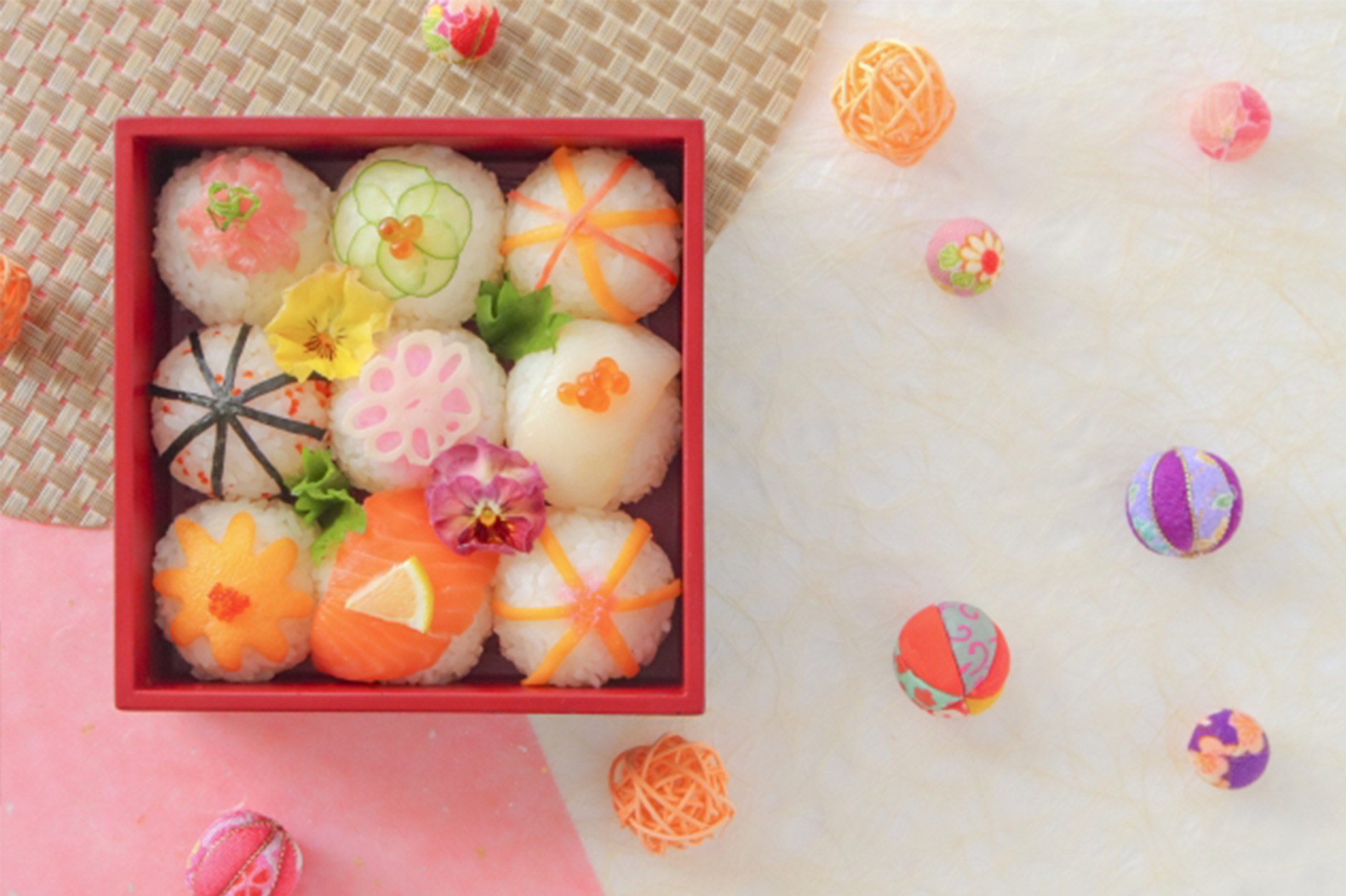
Learn specific steps and cooking tips for Japanese dishes, creating dishes yourself. Experience firsthand the skills and depth of traditional cooking methods passed down through generations.
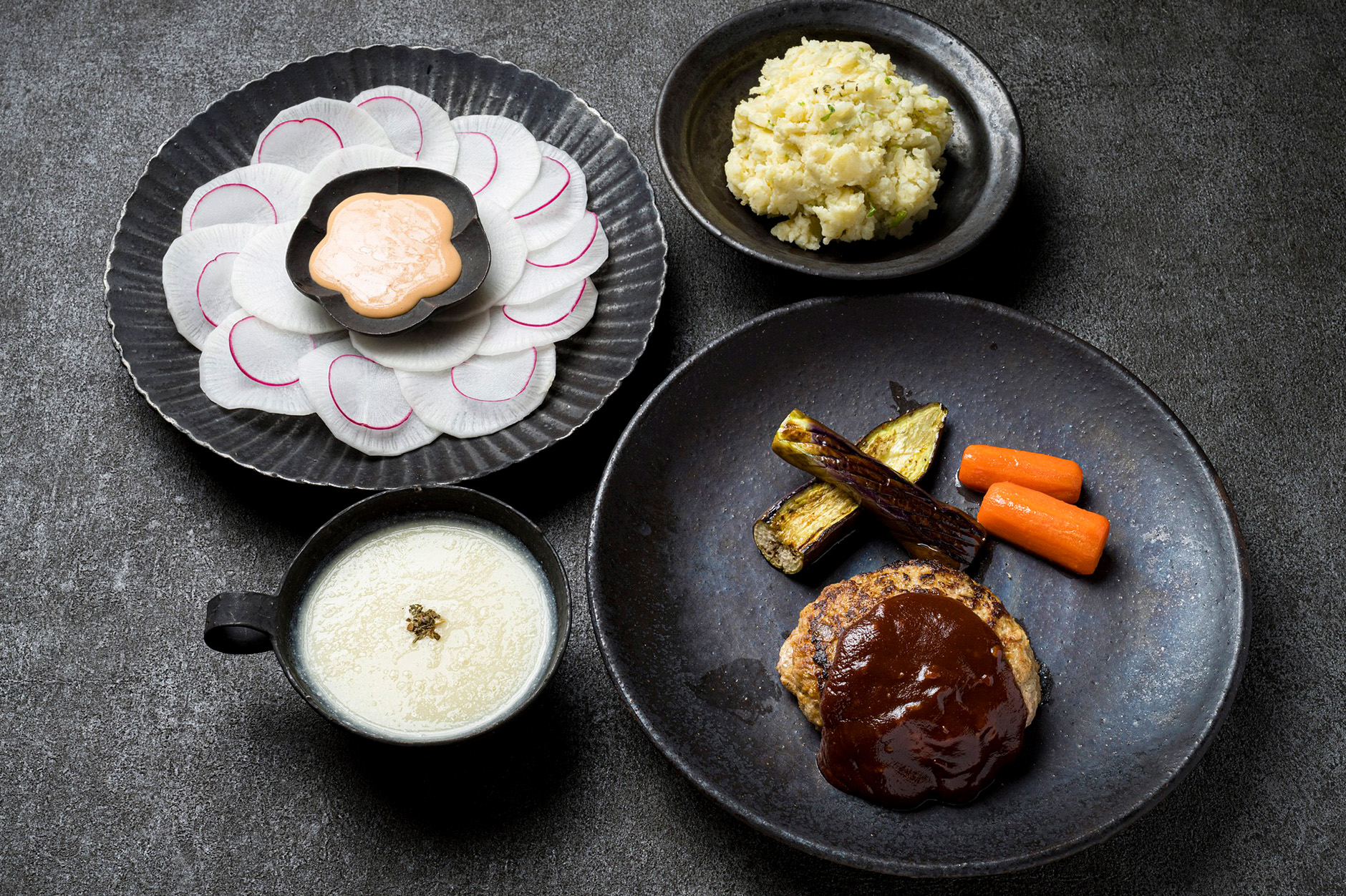
Discover how Japanese culinary culture is deeply linked to historical and cultural aspects. Learn about beautiful presentation, traditional tableware, and their proper use.
#1
Temari Sushi (手毬寿司, temari sushi)
Originating in Kyoto, Temari sushi was created for Maiko (舞妓, maiko) so they could eat without smudging their lipstick. Easy and visually charming, you’ll make and taste these delightful sushi balls. Vegetarian and vegan options available.
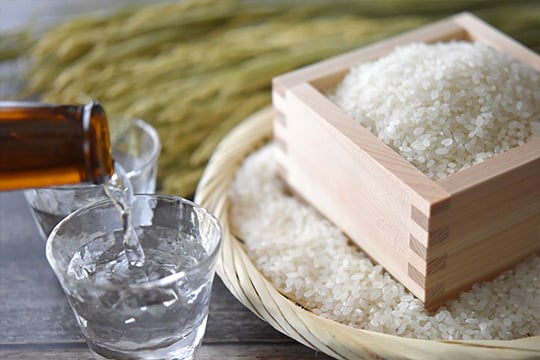
#2
Handmade Soba (手打ちそば, teuchi soba)
Soba (蕎麦, soba) is a traditional Japanese noodle dish known for its high nutritional value. Under the guidance of soba masters, you’ll make and taste handmade soba, exploring both hot and cold versions while learning the best ways to enjoy its aroma.
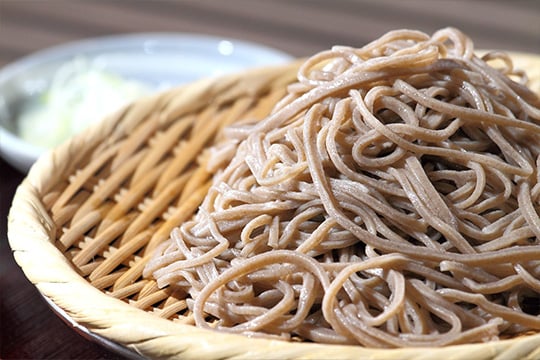
#3
Japanese Whisky (ジャパニーズウイスキー, Japanese whisky)
Japanese whisky is internationally acclaimed, with some rare bottles difficult to obtain worldwide. Characterized by delicate, smooth flavors, you’ll taste whiskies from different distilleries. Food pairing options available.
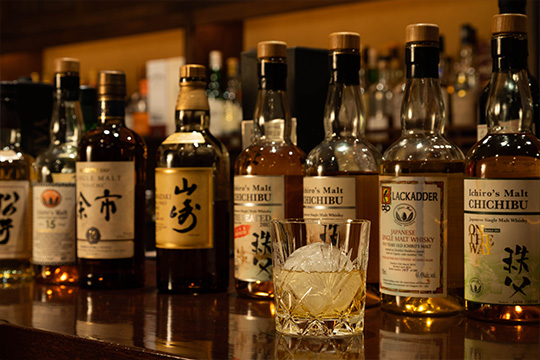
#4
Wagashi (和菓子, wagashi)
Make traditional Japanese sweets guided by master confectioners, learning intricate techniques while experiencing Japan’s seasonal culture.
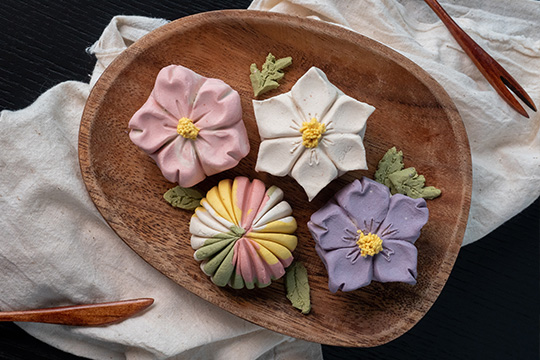
#5
Miso Making (お味噌, omiso)
Miso is an iconic Japanese seasoning with deep flavors created by koji (麹, kōji). Make your own miso to take home and enjoy after fermenting for one year. Miso tasting included.
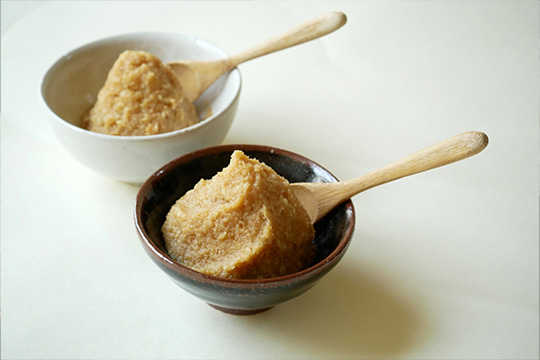
#6
Shichimi Spice (七味, shichimi)
Learn about Shichimi, a popular Japanese spice blend based on chili peppers mixed with herbs and spices. Create your own personalized blend after learning from an artisan.
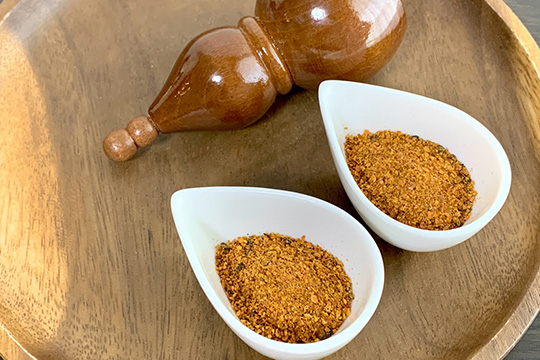
#7
Japanese Wine (日本ワイン, nihon wine)
Recently gaining international attention, Japanese wine is exclusively made from Japanese grapes, featuring fresh, fruity tastes. Enjoy tastings guided by top sommeliers, with optional food pairings.
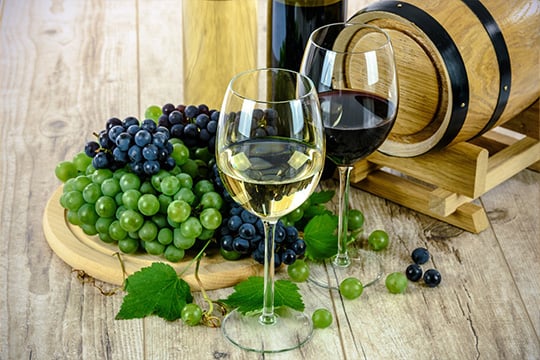
#8
Green Tea and Herbal Tea Blending Art
Learn the art of blending green tea and herbal teas. Experienced instructors will guide you in creating your own flavorful tea blends.

#9
Japanese Cuisine & Dining Etiquette
Ever felt confused by Japanese dining etiquette? Enjoy delicious traditional dishes while learning proper manners and tips for fully enjoying Japanese meals.

#10
Sake Tasting (利き酒, kikizake)
A tasting class featuring rare sake (日本酒, nihonshu) for VIP guests. After learning about the rich history of sake, sample several varieties. Taste differences in ingredients and fermentation methods, with optional food pairings.






